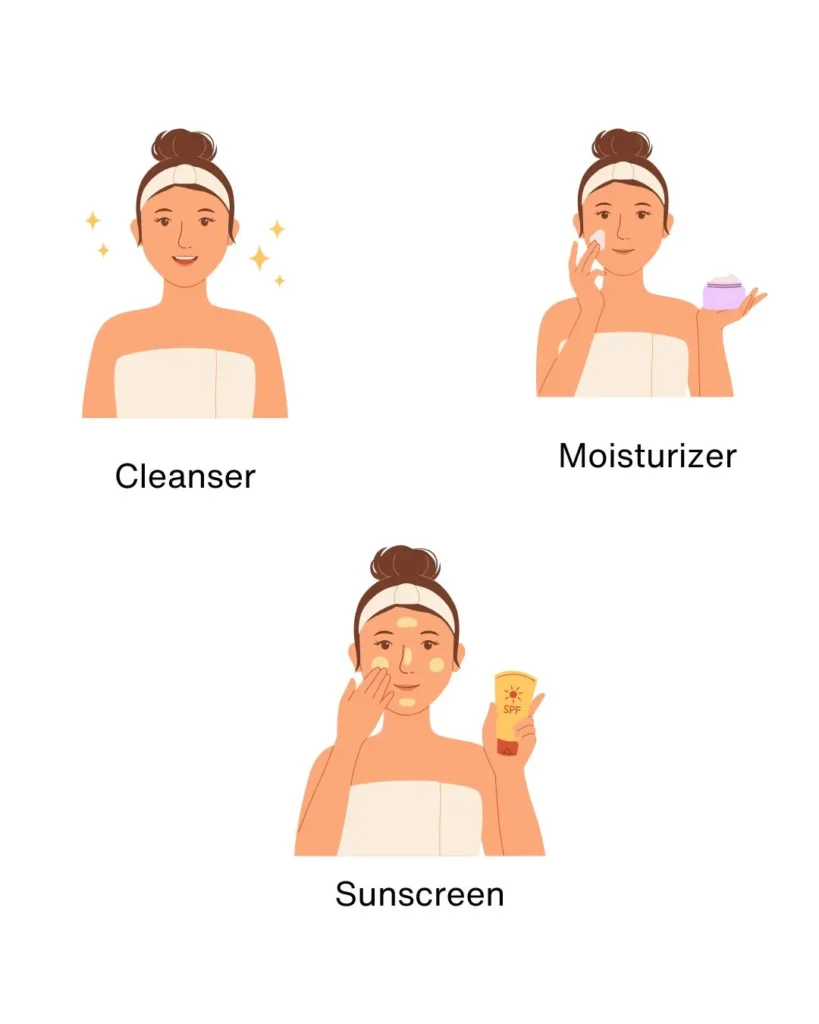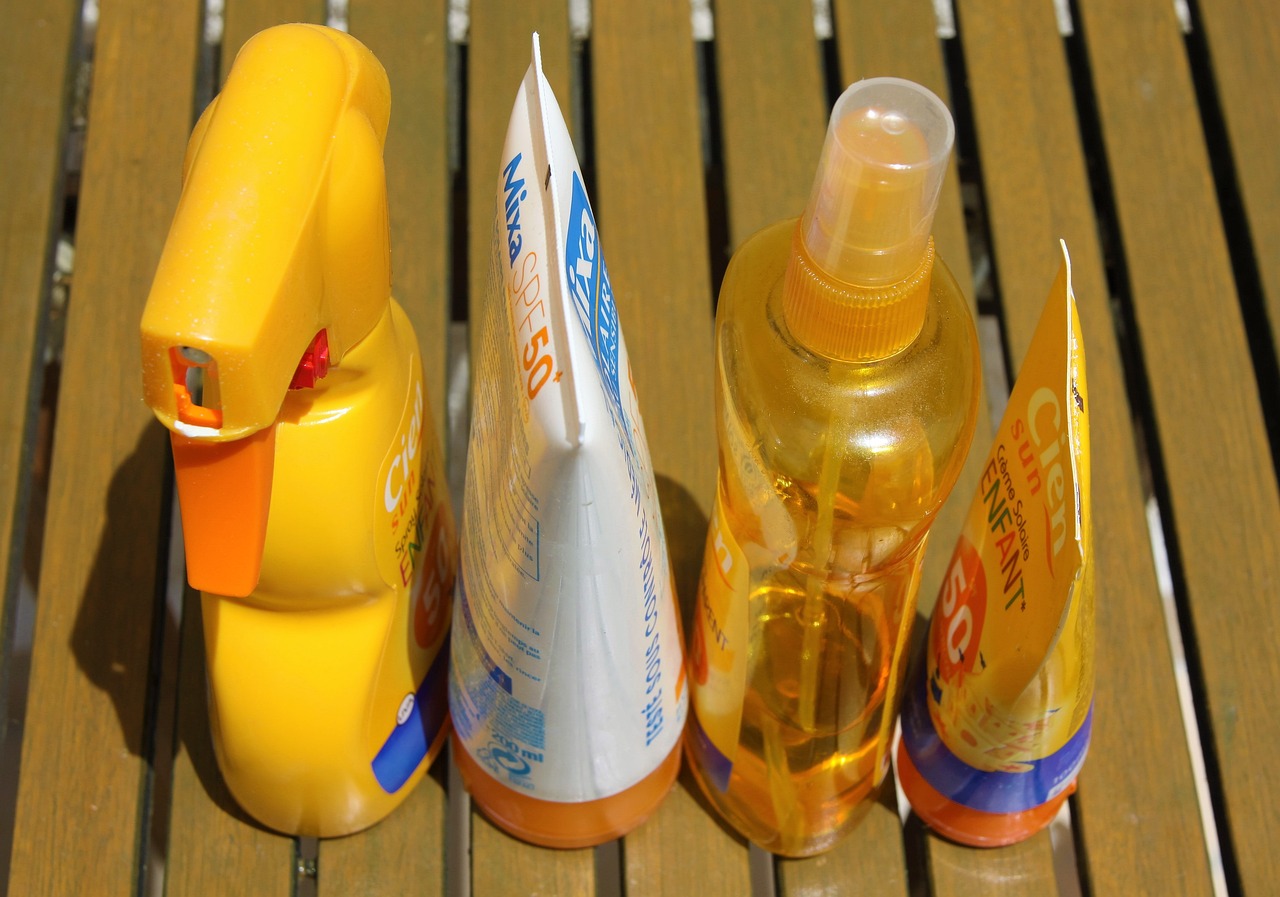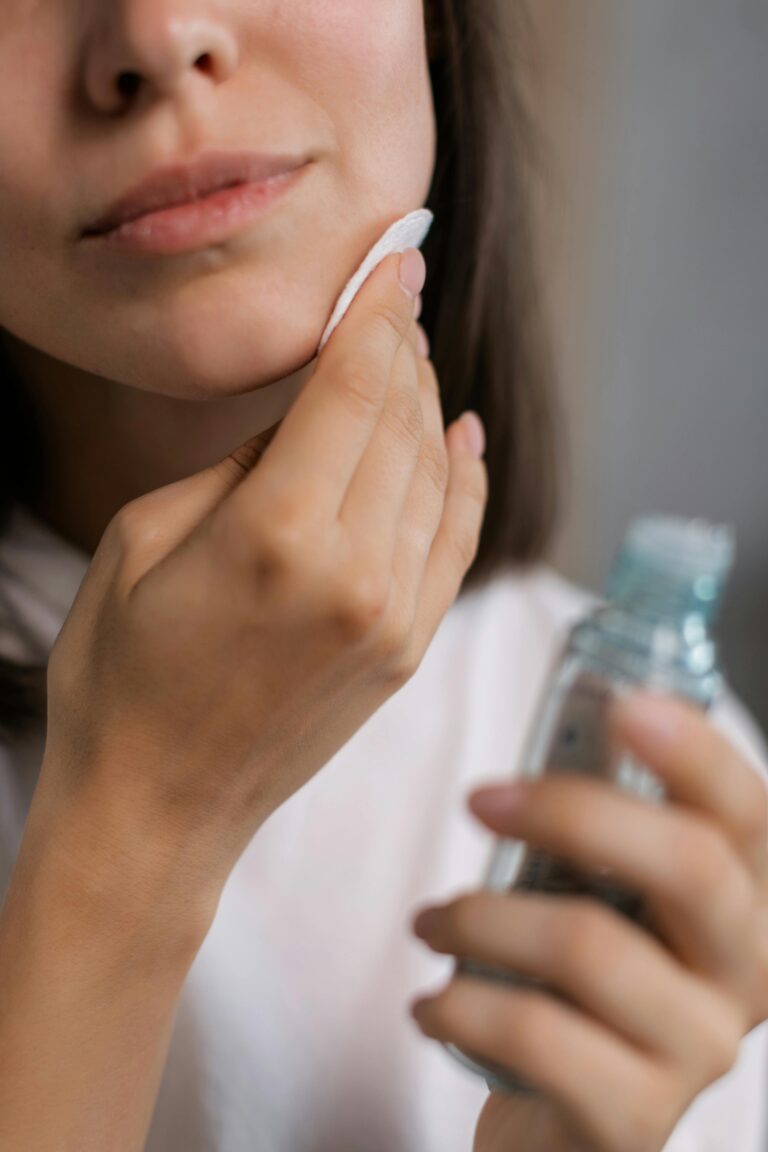Sunscreen vs. Sunblock: Key Differences, Benefits, & Best Picks for Your Skin
Table of Contents
Protecting your skin from harmful UV rays is crucial for maintaining healthy skin and preventing premature aging. But with so many sun protection options available, how do you choose? This guide breaks down the differences between sunscreen and sunblock, how SPF ratings work, and how to pick the best product for your needs.
What is the Difference Between Sunscreen and Sunblock?
Sunscreen
- What It Is: Often called a chemical filter, absorbs UV rays before they penetrate your skin.
- How It Works: The active ingredients convert UV rays into heat, which is then released from the skin.
- Who It’s For: Ideal for everyday use and lightweight coverage. Great for oily or acne-prone skin types.
Sunblock
- What It Is: Sunblock, or physical sunscreen, sits on the skin’s surface and reflects UV rays away.
- How It Works: It uses minerals like zinc oxide or titanium dioxide to form a physical barrier.
- Who It’s For: Perfect for sensitive skin, outdoor activities, or those looking for immediate protection.
| Feature | Sunscreen | Sunblock |
|---|---|---|
| UV Protection | Absorbs UV rays | Reflects UV rays |
| Ingredients | Chemical filters | Mineral-based |
| Texture | Lightweight | Thicker |
What SPF Rating Should You Choose?
SPF, or Sun Protection Factor, measures the ability to protect against UVB rays. Here’s what you need to know:
- SPF 15: Blocks 93% of UVB rays; suitable for minimal sun exposure.
- SPF 30: Blocks 97% of UVB rays; ideal for daily use.
- SPF 50: Blocks 98% of UVB rays; recommended for prolonged outdoor activities.
Pro Tip: Choose broad-spectrum products that shield against both UVA and UVB rays for complete protection.
How to Apply Sunscreen and Sunblock Correctly
- Amount Matters: Use a nickel-sized amount for your face and a shot glass-sized amount for your body.
- Timing is Key: Apply 15–30 minutes before sun exposure. Sunblock works immediately after application.
- Reapply Regularly: Reapply every two hours, or more often if swimming or sweating.

Skincare Routine and Sunscreen
Incorporating it into your daily skincare routine is essential for maintaining healthy, youthful skin. No matter your skin type or age, applying it should be the final step in your morning skincare regimen, after moisturizer and any serums or treatments. This ensures your skin is shielded from harmful UV rays, which can accelerate aging, cause sunburn, and increase the risk of skin cancer. Consistent use helps protect your skin from long-term damage, so make it a non-negotiable part of your daily routine for glowing, protected skin.
Best Sunscreens and Sunblocks for Different Needs
For Sensitive Skin
- Mineral-Based Sunblocks: Look for zinc oxide and titanium dioxide as key ingredients.
- Recommended Products:
- La Roche-Posay Anthelios Mineral: A gentle formula for sensitive skin that provides broad-spectrum protection without irritation.
- Neutrogena Sheer Zinc: Offers effective sun protection with a lightweight, non-greasy texture, ideal for sensitive skin.
For Everyday Use
- Lightweight Sunscreens: Opt for non-greasy, fast-absorbing formulas.
- Recommended Products:
- Supergoop! Unseen Sunscreen: A popular choice for everyday use with a completely invisible finish and broad-spectrum SPF 40.
- CeraVe Hydrating Mineral Sunscreen: A hydrating option that’s non-comedogenic, perfect for daily wear without clogging pores.
For Outdoor Activities
- Water-Resistant Options: Ensure the product stays effective during sweating or swimming.
- Recommended Products:
- EltaMD UV Sport: This is ideal for outdoor activities with its water-resistant formula, providing SPF 50 protection.
- Neutrogena Beach Defense SPF 70: A highly water-resistant for prolonged outdoor exposure and intense activities.

Eco-Friendly and Reef-Safe Sunscreen Options
Did you know some would harm marine ecosystems? Choose reef-safe options free from harmful chemicals like oxybenzone and octinoxate. Popular eco-friendly brands include:
- Thinksport SPF 50: A top-rated eco-friendly sunscreen that’s free of harmful chemicals, offering high protection and environmental sustainability.
- Badger SPF 30: A certified organic sunscreen that’s safe for both your skin and the planet.
- Raw Elements SPF 30: An all-natural, non-toxic that provides reef-safe sun protection.
Key Takeaways
- Sunscreen absorbs UV rays, while sunblock reflects them.
- Broad-spectrum SPF 30 or higher is best for most people.
- Reapply sun protection every two hours.
- Consider reef-safe and eco-friendly products for sustainability.
FAQs
What is the Difference Between UVA and UVB Rays?
- UVA Rays: Cause skin aging and penetrate deeply into the skin.
- UVB Rays: Cause sunburn and directly damage DNA, leading to skin cancer.
Is SPF 50 Much Better Than SPF 30?
- SPF 50 provides slightly more protection (98%) than SPF 30 (97%), but no sunscreen blocks 100% of UV rays.
Can I Use Sunscreen Over Makeup?
- Yes! Use a spray or a powder sunscreen for easy reapplication.
By following these tips and choosing the right sun protection, you can enjoy the sun safely and keep your skin looking radiant.
Ready to make a change? Explore top-rated sunscreens and sunblocks to find your perfect match!




